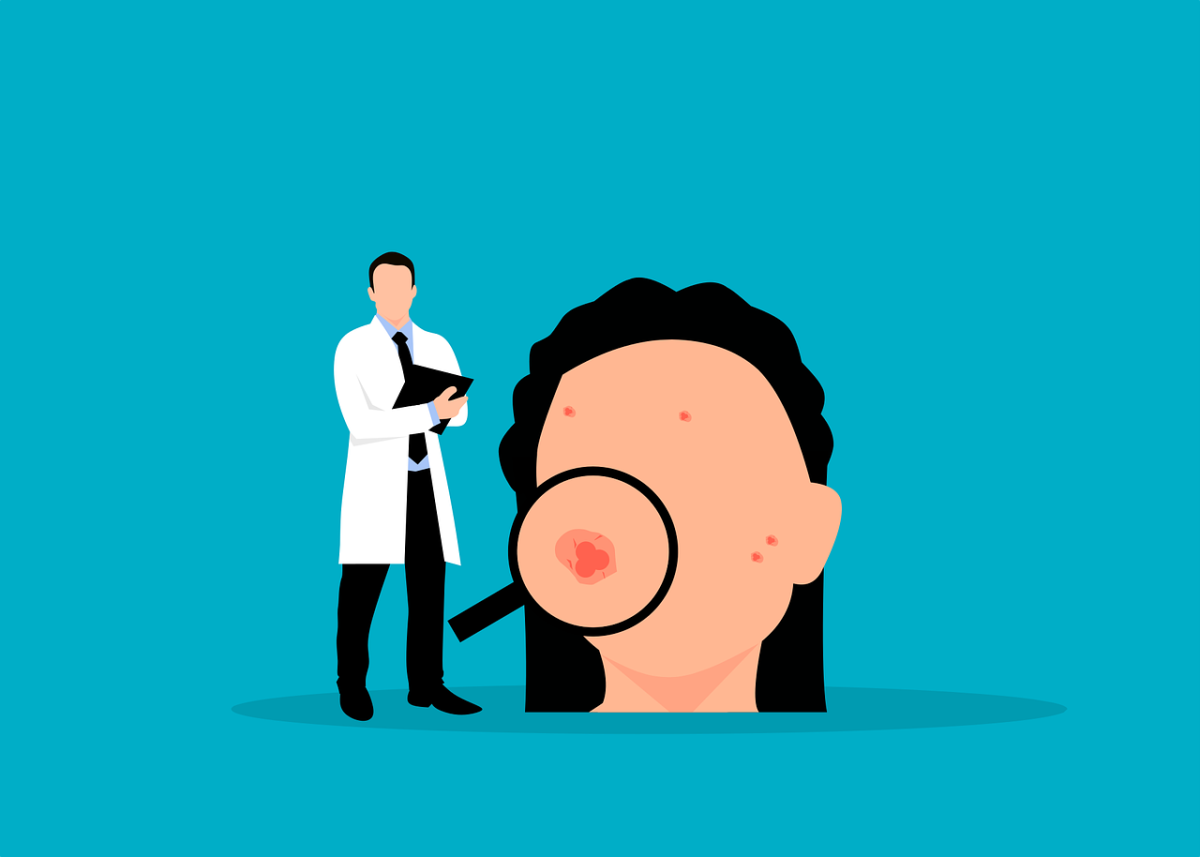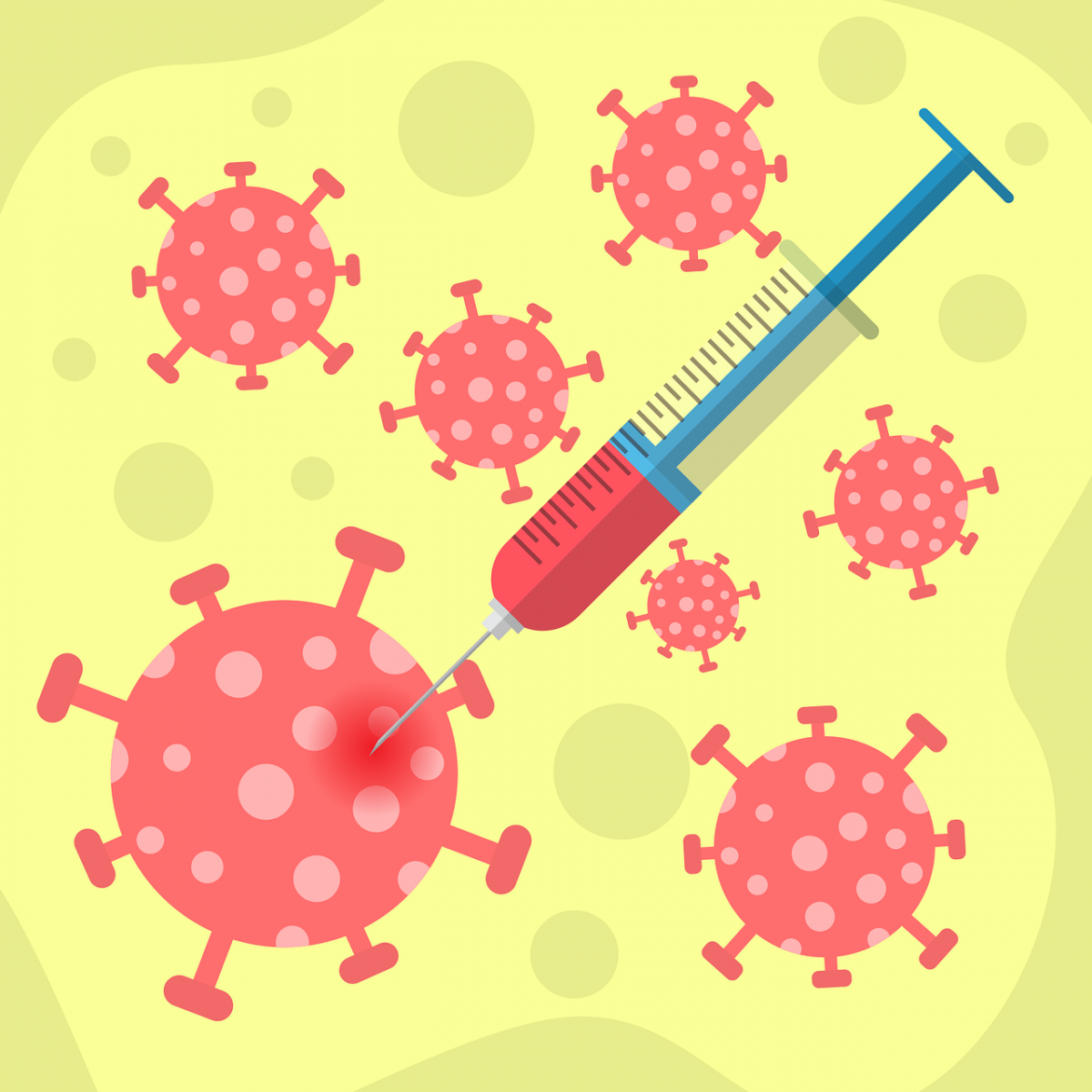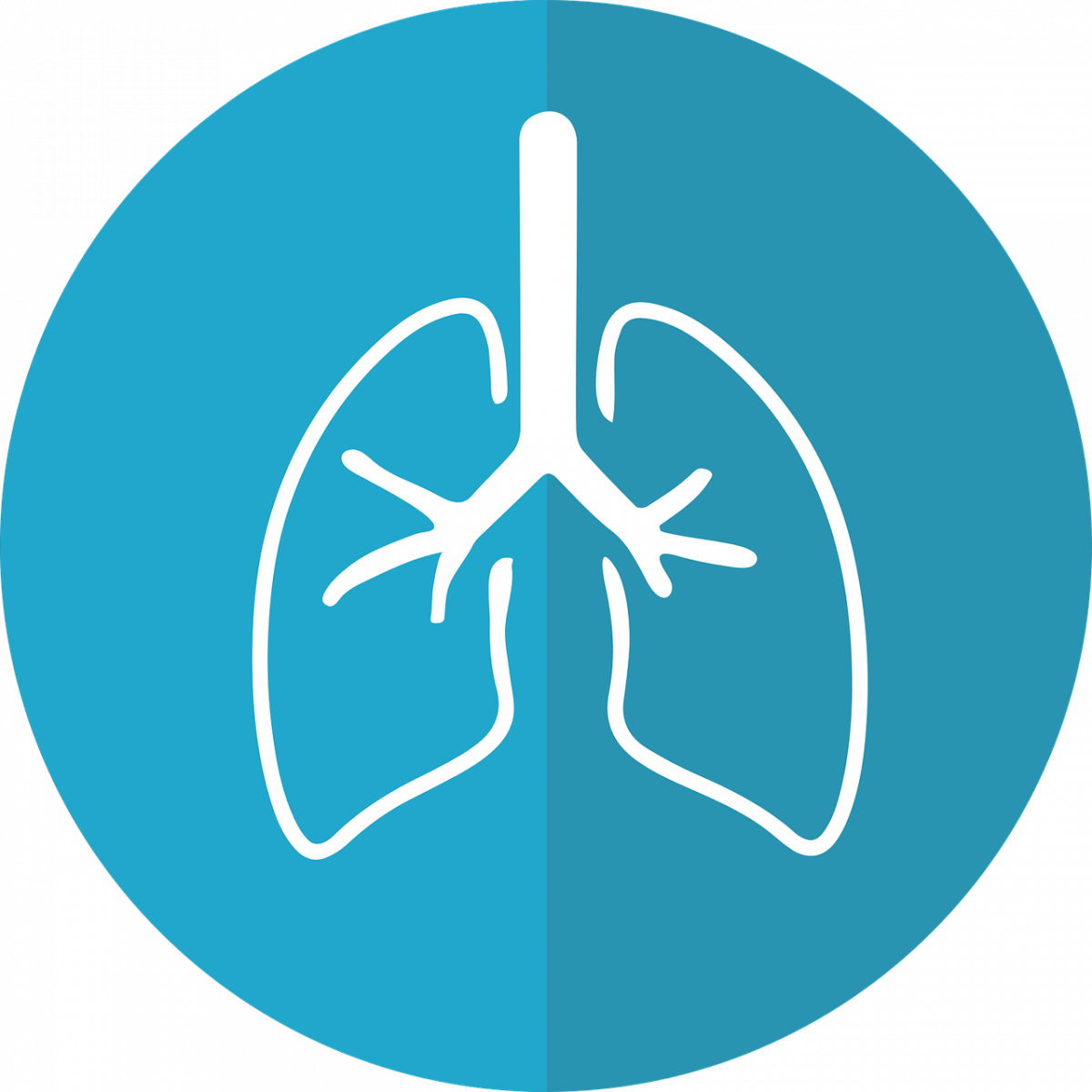The Evolution of Radiology
Radiology has played a crucial role in modern medicine by enabling physicians to see the human body’s internal workings with extraordinary clarity. Imaging has been essential to diagnosis and treatment planning from the first discovery of X-rays and continues to be so today with advanced technologies like MRIs and CT scans. However, radiologists are finding it increasingly difficult to interpret these images due to the growing complexity and volume of data.
The Emergence of AI in Radiology
In radiology, artificial intelligence (AI) has become a revolutionary ally. It enhances human expertise rather than replaces it, providing accuracy and efficiency to match medical experts’ abilities. Deep learning, computer vision, and clinical expertise are all combined in AI-assisted radiology to completely transform the diagnostic field.
Beyond automation, artificial intelligence (AI) has the potential to make radiology a proactive field. AI has the potential to change the focus from reactive to preventive and customized treatment by developing algorithms that can recognize early illness signs and detect minor abnormalities. In healthcare settings, where AI tools help prioritize urgent cases and streamline operations, this development is already apparent.
Deep Learning and the New Frontier
The development of deep learning has been crucial to enhancing AI’s radiological capabilities. Beyond the constraints of conventional rule-based systems, advanced neural networks may now evaluate disease progression, differentiate between benign and malignant lesions, and propose potential diagnoses.
Clinical Practice and the AI-Radiologist Alliance
AI is being used more and more in imaging centers and hospitals to help radiologists with triage. It ensures that patients receive prompt and proper care by identifying urgent situations, such as those that indicate pulmonary embolism or pneumothorax. This is particularly important in emergency situations.
AI contributes to image quality enhancement in addition to image interpretation. Algorithms, for example, can minimize radiation exposure by reconstructing detailed images from low-dose CT scans. Furthermore, AI-powered MRI methods shorten scan times without sacrificing diagnostic precision.
The Global Impact of AI in Radiology
Because of its versatility, AI is a vital tool for resolving healthcare inequities. It can be modified and retrained to fit different imaging methods and illnesses, offering decision support in areas where radiologists are in short supply. This capacity is essential for enhancing health outcomes for a variety of populations.
However, there are obstacles to overcome when incorporating AI into radiology, such as making sure algorithms are impartial and that their decision-making procedures are open. Thorough validation of AI tools is crucial, as is the ability of radiologists to challenge and evaluate AI-generated results.
Collaboration: The Key to Successful AI Integration
To create AI solutions that are efficient, fair, and reliable, radiologists, data scientists, ethicists, and regulators must work together. This entails establishing precise guidelines for governance, openness, and validation.
In order to prepare future medical professionals for a practice that blends human judgment with machine intelligence, medical education must be reevaluated in light of the integration of AI in healthcare.
The potential of deeptech solutions in healthcare is best demonstrated by AI-assisted radiography. It demonstrates how teamwork may result in inventions that cut across boundaries and benefit a range of stakeholders.
Future Horizons in AI-Driven Radiology
The application of AI in radiology is a microcosm of the broader trend in healthcare toward patient-centered, data-driven care. It changes medical practice across a range of disciplines by facilitating risk assessment, longitudinal analysis, and customized treatment planning.
With federated learning techniques to protect data privacy, multimodal systems for comprehensive diagnosis, and generative models for training unusual conditions, the promise of AI in radiology keeps growing.
Stakeholder engagement and effective communication are essential for the successful application of AI in healthcare. We can hasten this change and make sure that everyone gains from it by encouraging cooperation and trust.
AI-assisted radiology is a significant shift in medical imaging, not just a technical breakthrough. It redefines the future of medicine, improves patient care, and gives physicians more authority. It is crucial that we innovate with a purpose and create a cooperative future as we manage this change.
Reach out to us at open-innovator@quotients.com or drop us a line to delve into the transformative potential of groundbreaking technologies. We’d love to explore the possibilities with you















